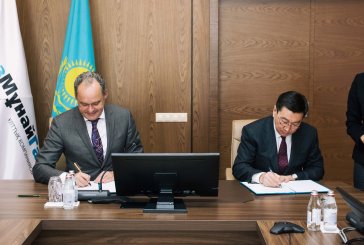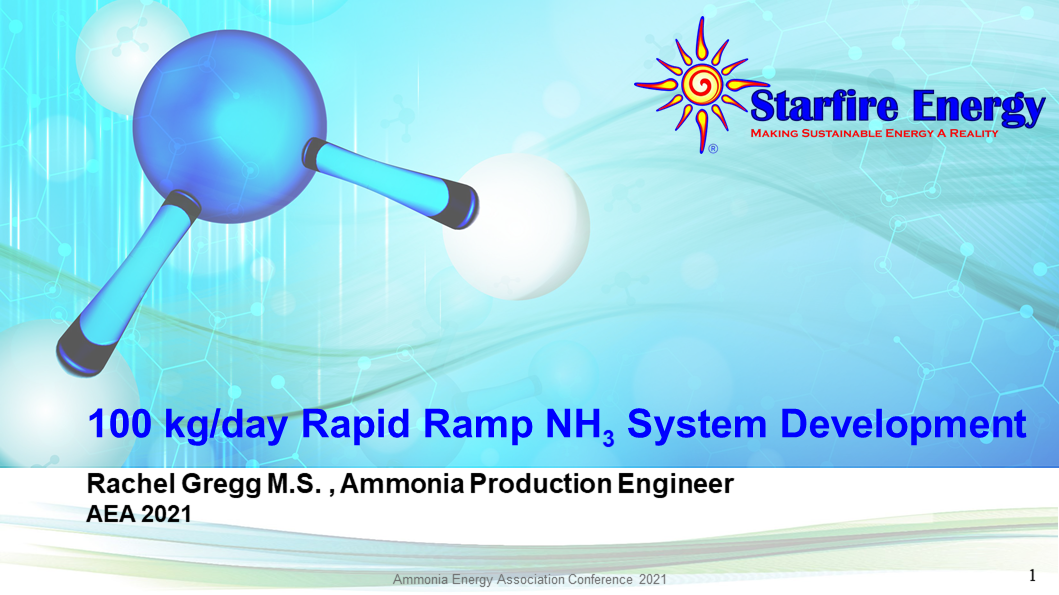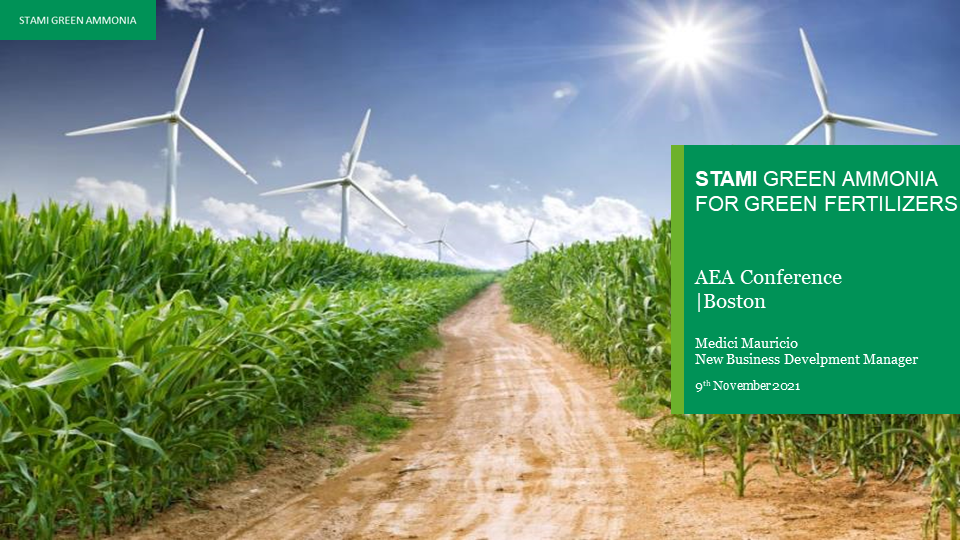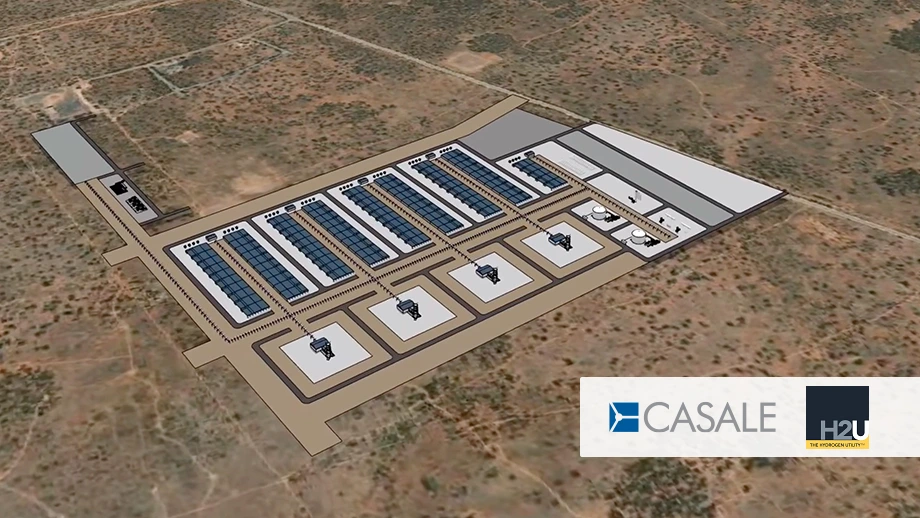Mauritania ammonia mega-project enters next phase
This week in Glasgow, CWP Global and the Mauritanian government announced a timeline & production capacity for the mega project. The partners also call for the development of associated decarbonisation projects in Mauritania, helping to develop a local hydrogen & ammonia economy. Announced in June, the Aman project will be located on a 8,500 km2 desert site in the country’s north and be powered by 30 GW of wind and solar capacity.









